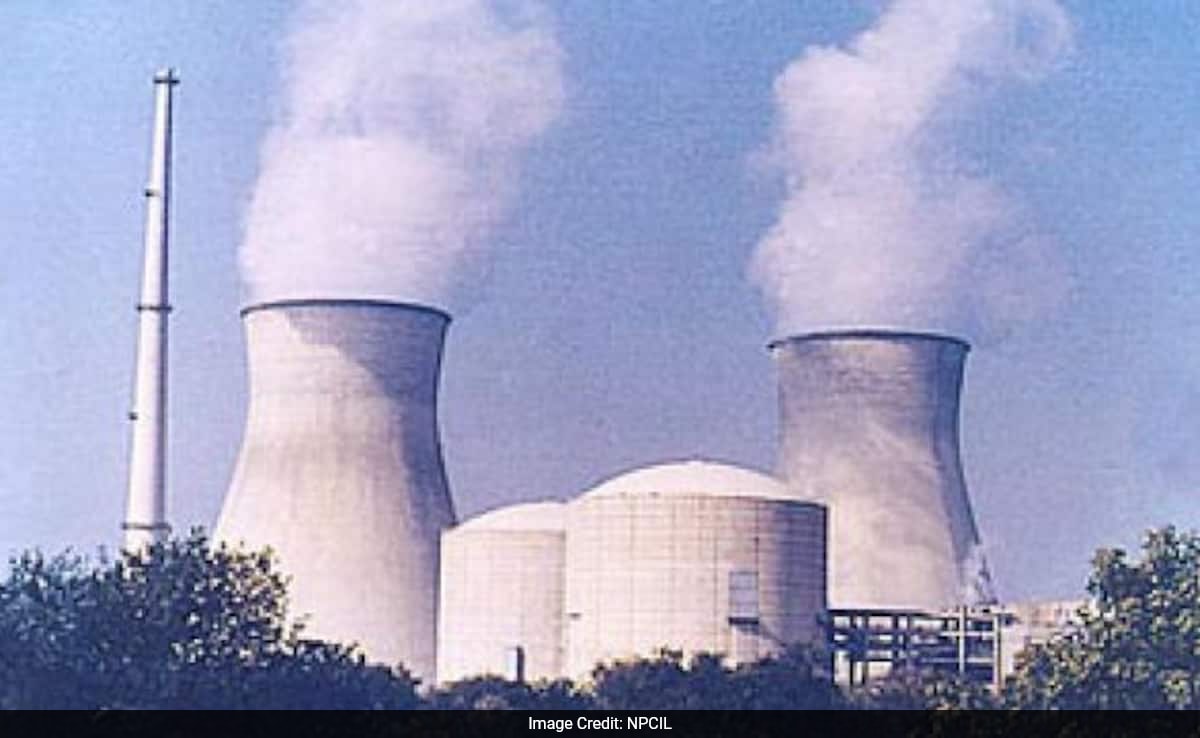2024-07-23 13:07:16

The NITI Aayog has been urging the government to look at small reactors more seriously.
India’s atomic energy got a positive nudge today with Finance Minister Nirmala Sitharaman saying, “Nuclear energy is expected to form a very significant part of the energy mix for Viksit Bharat.” India is now set to develop small reactors and conduct research to develop small modular reactors. In another big announcement, the private sector has been allowed to partner in setting up nuclear plants for the first time.
The NITI Aayog has been urging the government to look at small reactors more seriously. “Private sector being permitted is a big new opening,” says VK Saraswat, Member of Science and Technology at NITI Aayog. “I am very happy to see the government has accepted the further development of small reactors since atomic energy has a very low carbon footprint and offers assured base power supply,” he adds.
Bhuvan Chandra Pathak, the Chairman and Managing Director of the Nuclear Power Corporation of India Limited (NPCIL), Mumbai also warmed up to the move. “It is a very welcome move that the private sector will be permitted to partner in the development of atomic energy,” he said.
With climate change as a looming danger, atomic energy, which offers electricity with almost zero carbon dioxide emission, is increasingly being viewed as a viable alternative even though the capital cost of installing it still remains high.
In her budget speech today, Ms Sitharaman said, “Our government will partner with the private sector for setting up Bharat Small Reactors (BSR), research and development of Bharat Small Modular Reactor (BSMR), and research and development of newer technologies for nuclear energy. The R&D funding announced in the interim budget will be made available for this sector.”
As of today, the Indian Atomic Energy Act 1962 does not permit the private sector to participate in nuclear energy generation, however, Dr Saraswat says that with today’s big announcement, new possibilities have opened and soon “an enabling policy and legal environment can be created to make sure the private sector can also contribute in generating atomic energy”.
Mr Saraswat says the Bharat Small Reactor is the tried and tested 220 Megawatt Pressurized Heavy Water Reactor (PHWR), of which 16 units are already functioning. The big development today is that now the private sector will be allowed to partner in this.
Till now, only the government’s public sector undertakings such as National Thermal Power Corporation were permitted to partner with the Nuclear Power Corporation of India Limited to set up atomic plants. Even in this setting, the share-holding of NPCIL was to be 51%. With the private sector being permitted to partner, a whole new avenue of financing these capital-intensive power plants is going to open up.
India already has an installed capacity of 6780 Megawatts of nuclear power, according to the Atomic Energy Regulatory Board. Presently, India has 22 operating reactors, out of which, 18 are Pressurised Heavy Water Reactors (PHWRs) and four are Light Water Reactors (LWRs).
If the budget proposals are accepted then India will also develop small modular reactors by collaborating with the private sector. Small modular reactor is an entirely new concept of manufacturing atomic power plants where they are factory made and can be assembled on location and offer an ideal solution as captive power units for large industries such as cement and steel industries. Research on developing small modular reactors is going on across the world but the only functional units exist in Russia.
Experts at NPCIL say the BSMR can be assembled in less than four years and the rough per megawatt cost could be comparable to the BSR, which is about Rs 16 crores per megawatt. In the initial stage, the new private sector small reactors may run on ‘Government Owned but Company Operated’ (GOCO) mode with investments coming from the private sector and the fuel being owned by the Department of Atomic Energy and the spent fuel also reverting to the government.
The design of the BSMR is still ongoing at the Bhabha Atomic Research Center (BARC), Mumbai with the expectation that it could also run on natural uranium. Many countries such as Russia, USA, South Korea, and France are ready to offer their small modular reactors to India, says Dr Saraswat. “Out of the 98 identified SMR models worldwide, 56 are under active development at present,” he said.
union Budget 2024,India's Nuclear energy,NITI Aayog
Source link
![]()
